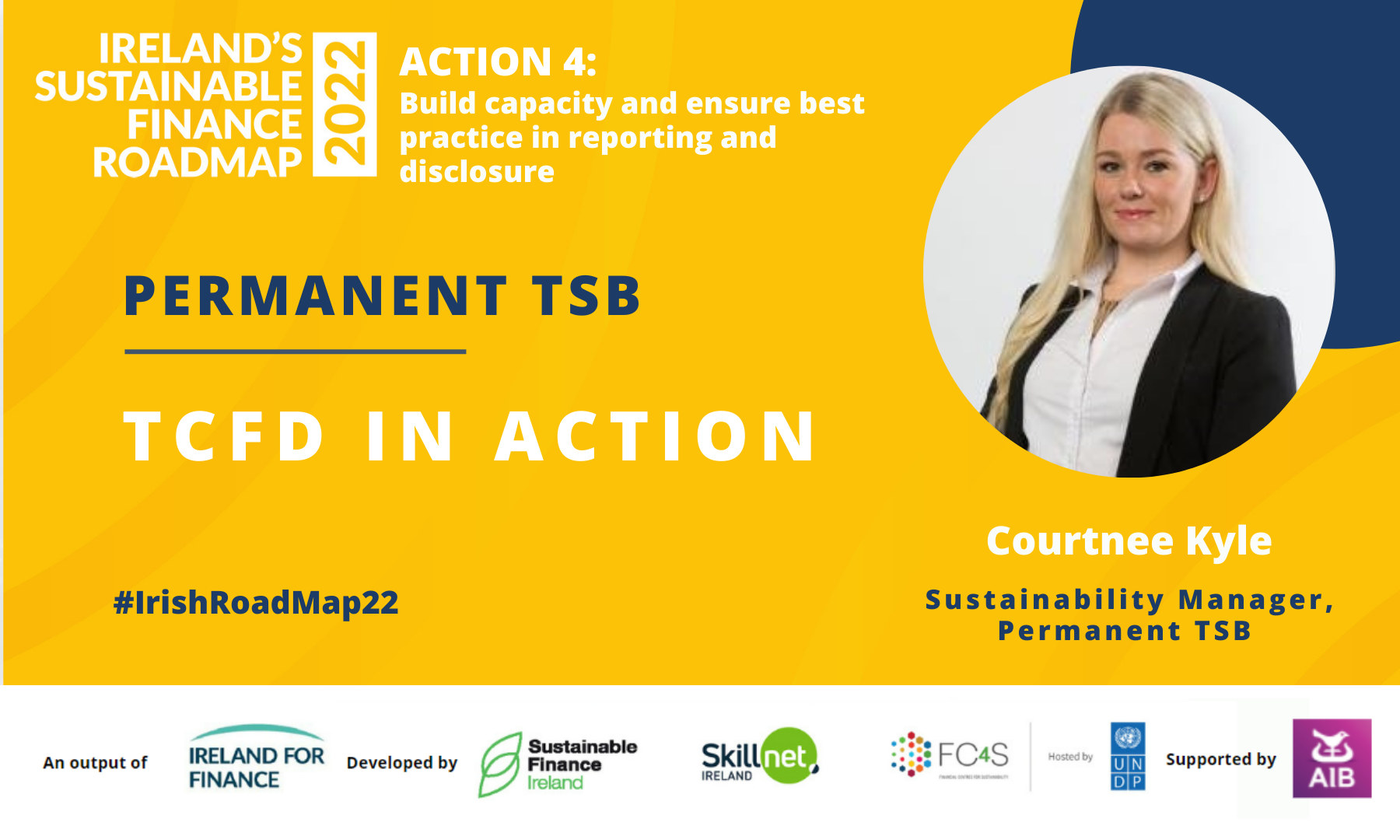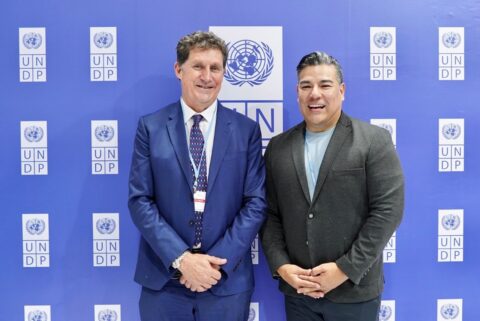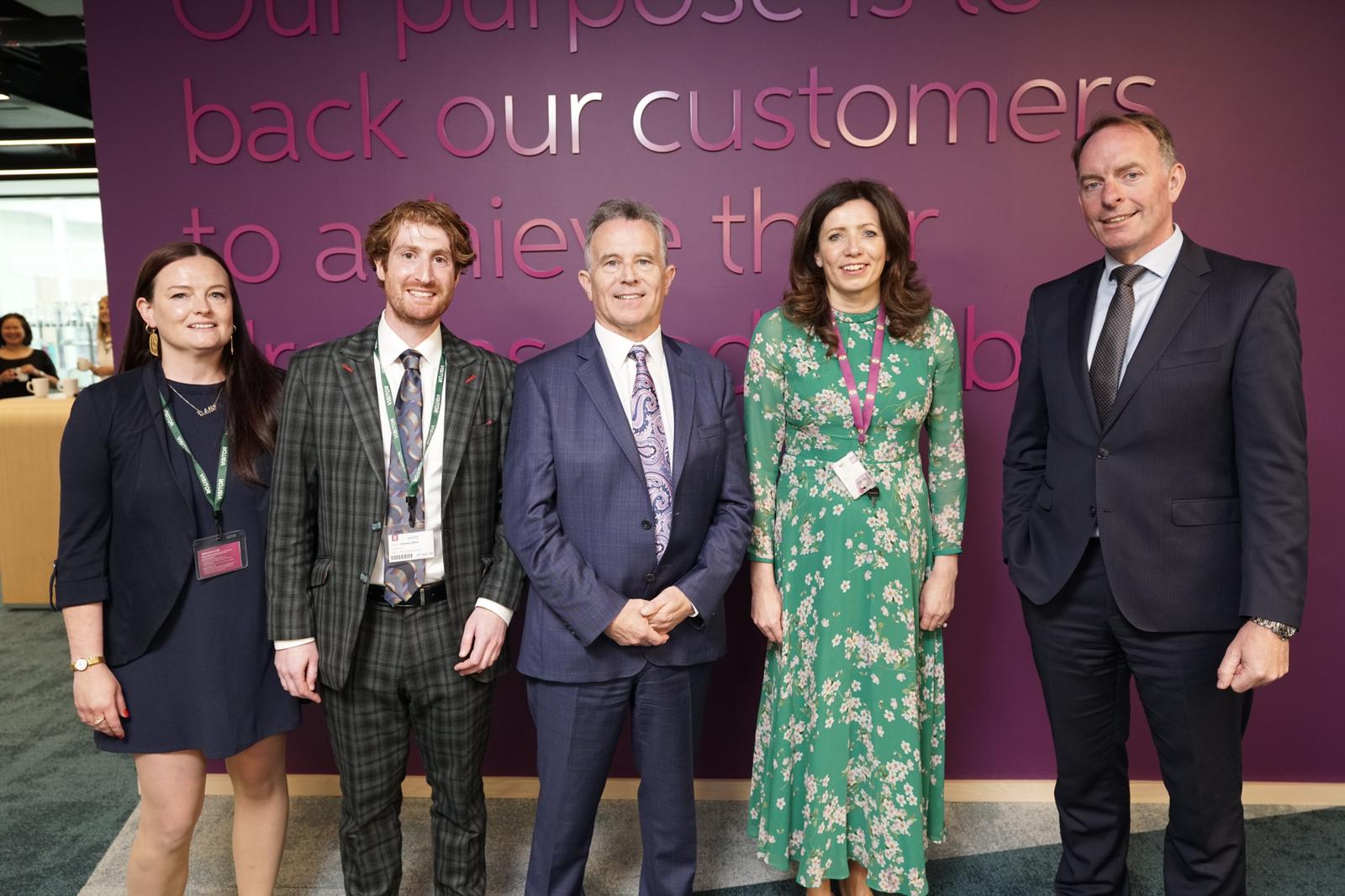Permanent TSB fully focused on the transition to sustainability
Courtnee Kyle, is under no illusions about the size of the role the financial sector has to play in combatting the climate crisis.
As a senior manager in Sustainability and Sponsorships at Permanent TSB (PTSB), she leads the bank’s sustainability programme as it pursues its goals of a 60% cumulative reduction of carbon emissions by 2024, as well as a suite of social and governance reforms that promise to provide wide-ranging benefits to both customers and staff.
However, she is clear that the bank’s strategy is undertaken with one eye on the bigger picture.
“There has been a massive shift in consumer trends over the last number years and the sustainable business agenda has been elevated. There’s growing demand for sustainable products and services, and, as a bank, we have a significant role to play in helping our customers, colleagues and communities navigate that transition,” she says.
“Ireland has ambitious plans and financial institutions will be vital to helping finance the more important elements of the Climate Action Plan (CAP). Of course, that’s only credible if we’re focused on our own operations so the emissions side of things is as important to us as our social and governance focus.”
Sustainable Strategy
The bank last year published its sustainability strategy in which it revealed its support for the Task-force for Climate-related Financial Disclosures, an international scheme established in 2015 to encourage firms to be transparent about their climate action, particularly in the areas of governance, strategy, risk management, and metrics and targets.
The data serves to inform investors about the risks posed to their investments by climate change.
Far from deterred by the transparency element of the framework, Courtnee says it helped persuade PTSB to join the more than 30 Irish-registered companies, and some 2,700 companies around the world, in signing up to TCFD.
“Transparency was something we were really focused on anyway. We already make disclosures through CDP, the non-profit that runs a global disclosure system. TCFD fits neatly in there so we announced our signature to it last year,” she says.
“As a bank operating in the financial services industry in Ireland, we’re very highly regulated. We’re also publicly listed, which means that we already comply with reporting legislation like the Non-Financial Reporting Directive. Adding our signature to TCFD elevated those commitments but we also know that TCFD goes a little bit deeper. It holds us accountable to our strategy delivery and makes us focus on our ambitions and targets.
“The more transparent you are the more trusted you are as an organisation. We don’t have anything to hide and by being open about where we are, where we’re hoping to go, and how we’re going to get there, is just the natural next step.”
PTSB and TCFD
PTSB is in the early stages of aligning with the recommendations of TCFD. Courtnee reveals that the company is currently performing a gap analysis to identify the reporting areas which they need to strengthen ahead of their first planned disclosures in early 2023.
“For example, in some cases we might need to simply harvest data and pull it into a report, while in others we might need to find it by putting processes in place. We’re working on it as a team,” she says.
Courtnee admits that while PTSB may have been prompted to join TCFD by the belief that reporting climate data will become mandatory under the soon-to-be-introduced Corporate Sustainability Reporting Directive (CSRD), it was not the deciding factor for the bank.
“Because we’re bound by regulations in terms of the Non-Financial Reporting Directive, we know all these things are coming. At some stage down the line, whether in 12 months or five years, disclosures like this are becoming more regulatory,” she says.
“TCFD is so closely aligned to the CSRD, which will become regulatory, that we thought that this was the right thing to do now as it was going to prepare us for mandatory reporting coming down the line. We didn’t do it just because of that. For us, it was a natural next step after everything we were already doing with the non-financial reporting.”
Sustainable Finance Roadmap
Courtnee hails the process for creating competition among rival organisations as they use each other’s disclosures to set even more ambitious targets than they would have done previously.
“Generally companies can be kind of unsure about what to disclose and how but TCFD really dispels that – not just to us but to the wider financial services industry. You can also measure your impact against your competitors.
“The way the disclosures are structured, you can benchmark like for like, which helps us examine the quality of disclosures and set stretch ambitions and targets,” she says, adding that while transparency is an area in which companies can gain an edge on their competitors, there are also opportunities for collaboration.”
She continues: “All the Irish retail banks, as well as some of the international banks headquartered here, were involved in the sustainable finance roadmap that was led by Sustainable Finance Ireland. I think that was a unique turning point for all the financial institutions to work on something collectively and help to establish clear areas of focus for us as service providers and the role that we’re going to play in combatting the climate crisis.”






Leave a comment